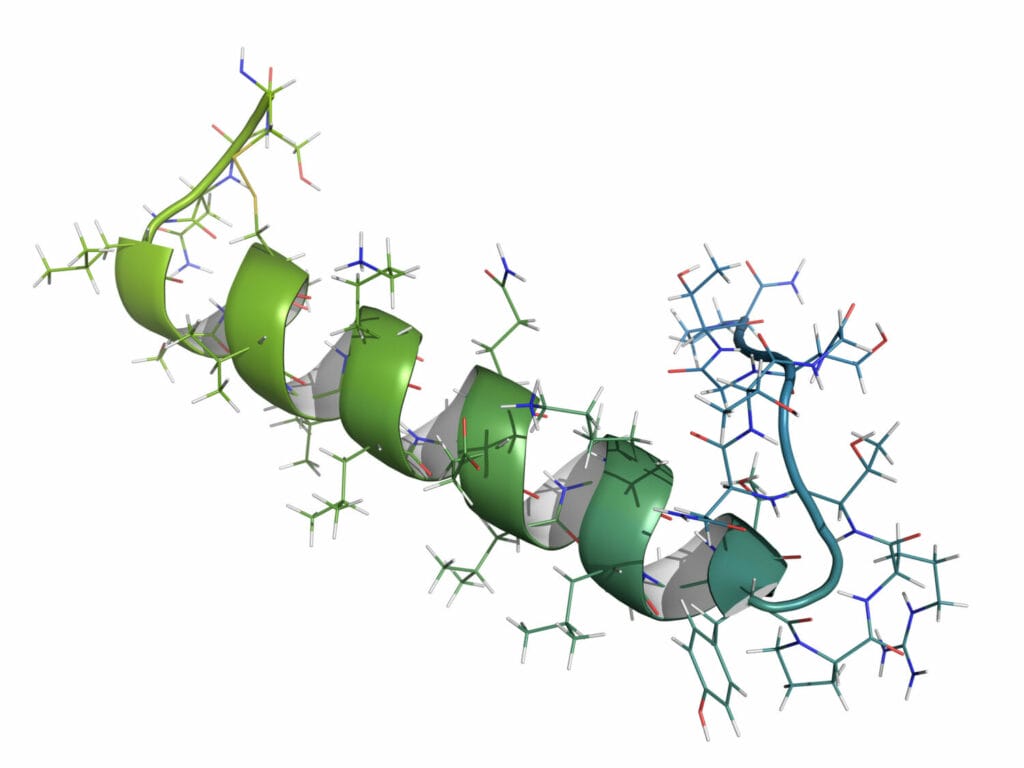Gene and cell therapy have revolutionised how we understand and treat health conditions.
These groundbreaking therapies harness the power of biology to fight disease and improve healthcare outcomes, transforming modern medicine in the process.
Cryosite has been at the forefront of this evolution. Established in 2000, Cryosite has long been a pioneer in the field of biological storage and clinical trial services.
This blog explores the principles of gene and cell therapy, and Cryosite’s vital role in supporting these innovations.
Gene Therapy Explained
Gene therapy leverages the power of genetic science to treat or even cure diseases by either replacing defective genes, editing existing genes, or introducing new ones. It works by modifying or manipulating an individual’s genes to tackle the root cause of a condition, rather than merely treating its symptoms.
Types of Gene Therapy Approaches
- Gene Addition: Adding a new or functional gene to compensate for a defective or missing one.
- Gene Correction: Using advanced CRISPR technology to edit genes and correct mutations responsible for diseases.
- Gene Silencing: Targeting and “turning off” genes that cause or exacerbate conditions (e.g., Huntington’s disease).
Applications and Benefits
Gene therapy has opened new doors in treating a range of diseases, including:
- Inherited Disorders: Conditions like cystic fibrosis and sickle cell anaemia are being addressed at the genetic level.
- Cancer Treatment: Gene editing and oncolytic virotherapy are being used to attack cancer cells while sparing healthy ones.
- Rare Conditions: Previously untreatable disorders now have emerging therapeutic options.
By addressing the genetic cause of diseases, gene therapy has the potential to provide enduring solutions rather than temporary fixes.
Diving into Cell Therapy
Cell therapy, on the other hand, focuses on using living cells to prevent or treat diseases. This involves introducing new, healthy cells to a patient’s body to replace damaged or diseased ones. Unlike gene therapy, which works at the molecular level, cell therapy operates on a cellular scale.
Techniques and Sources in Cell Therapy
- Stem Cell Therapy: Using stem cells, which are capable of transforming into different cell types, to regenerate damaged tissues or organs.
- Immune Cell Therapy: Enlisting immune cells, such as T cells modified to recognise and fight cancer in CAR-T therapy.
- Tissue Engineering: Repairing damaged tissues using lab-grown cells integrated with bioengineering techniques.
Applications and Benefits
Cell therapy excels in treating conditions where tissue repair or immunological responses are necessary. Examples include:
- Cancer Immunotherapy: Innovative CAR-T cell therapy has shown remarkable success in treating leukaemia and lymphoma.
- Chronic Diseases: Stem cell treatments are being tested for conditions like diabetes and heart failure.
- Regenerative Medicine: Techniques are being developed to rebuild cartilage in joint disease or regenerate spinal cord tissue after injury.
The customisability and adaptability of cell therapy make it an invaluable tool in modern medicine.
Cryosite’s Role in Gene and Cell Therapy
Cryosite has positioned itself as a trusted partner in advancing gene and cell therapy by providing essential support to researchers and healthcare providers. With over two decades of experience, Cryosite offers services that streamline and secure sensitive medical and research operations.
Expertise and Services
Cryosite’s contributions include:
- Clinical Trial Support: Cryosite runs clinical trial logistics, ensuring the safe import, storage, and distribution of samples and trial materials.
- Biological Storage: Their state-of-the-art facilities store biological samples in controlled environments, including ambient, cold, frozen, and liquid nitrogen storage.
- Cell and Gene Therapy Depot Services: Cryosite handles all logistics associated with cell and gene therapy, including managing the supply chain from source to patient.
Advanced Infrastructure and Compliance
Cryosite’s facilities boast:
- State-of-the-Art Technology: Fully monitored storage areas ensure optimal conditions for sensitive materials.
- Quality Management Systems: Comprehensive systems that uphold the highest standards of storage integrity.
- Compliance and Reliability: Cryosite meets stringent regulatory requirements, safeguarding chain of custody, confidentiality, and overall operational excellence.
By taking on these logistical and storage responsibilities, Cryosite allows specialists to focus on their core research and clinical goals.
Why Store Samples with Cryosite?
Choosing Cryosite for biological storage offers numerous advantages:
- Access to Current and Future Advances: Cryosite’s storage capabilities ensure that samples are preserved for use in today’s therapies and tomorrow’s groundbreaking discoveries.
- Research and Development Opportunities: Stored samples remain accessible for future studies, enabling innovations that could redefine medicine.
- Confidence and Security: Cryosite’s decades-long reputation ensures materials are managed with precision and care.
How Does This Transform Healthcare?
The combined impact of gene and cell therapy is accelerating scientific advancements that can improve quality of life beyond current expectations.
But these therapies depend on robust and dependable frameworks for storage, logistics, and delivery—which is where Cryosite excels.
Looking to the Future with Cryosite
Gene and cell therapies represent the cutting edge of medical science.
Cryosite’s expertise, advanced infrastructure, and commitment to quality make them indispensable in supporting these therapies and driving their adoption worldwide.


